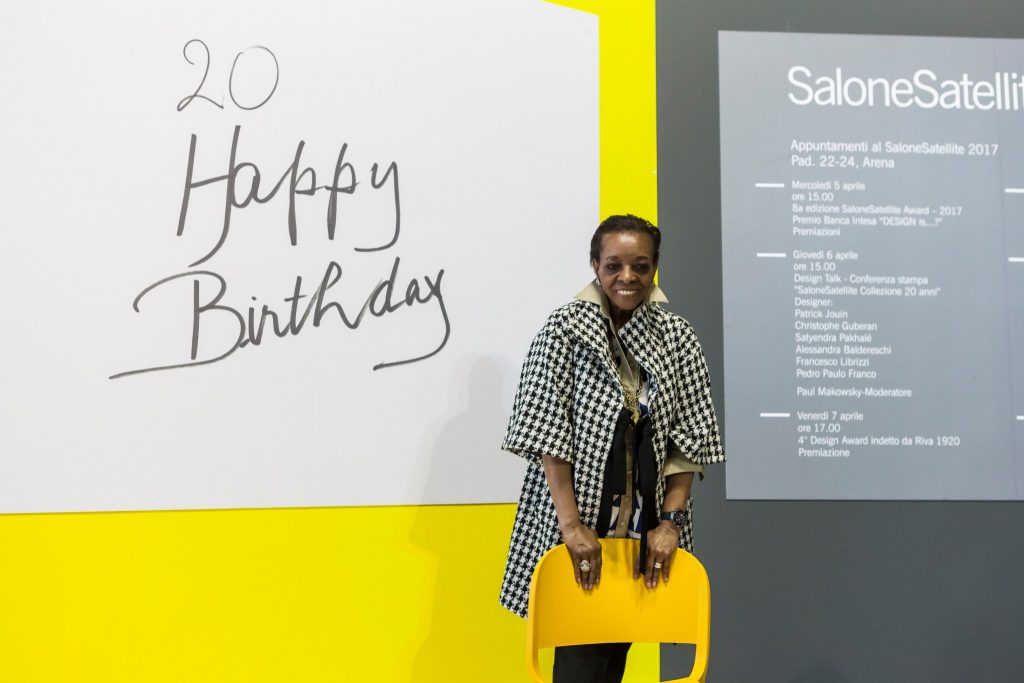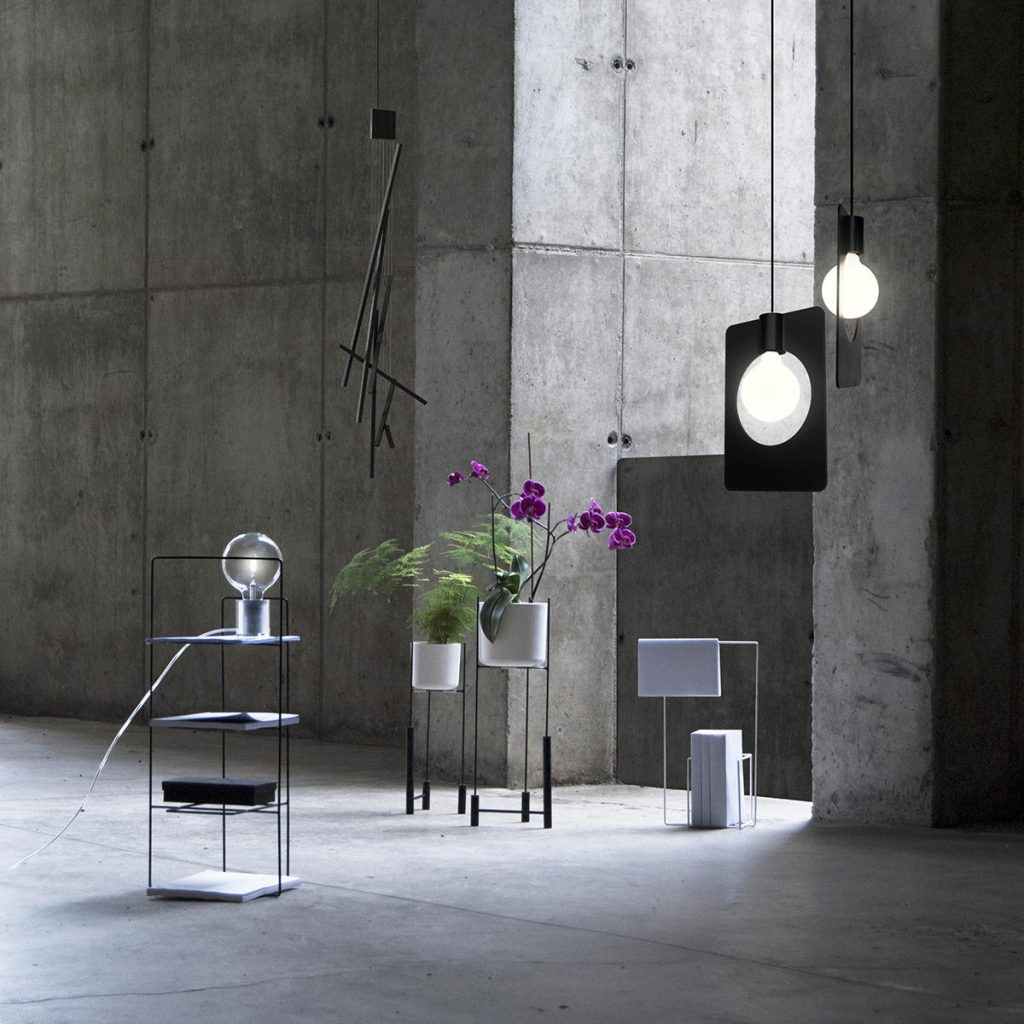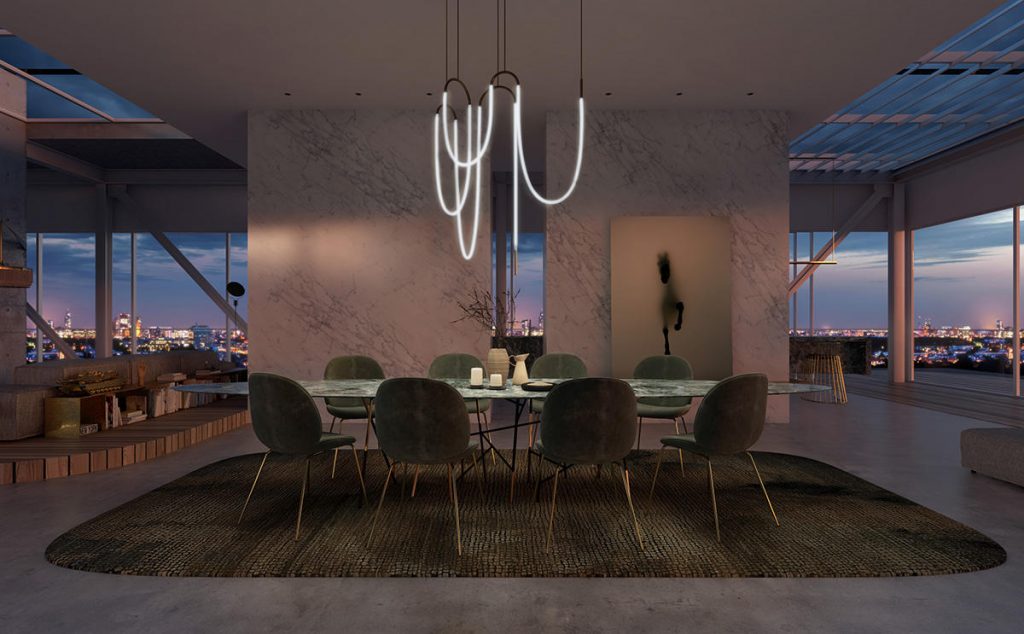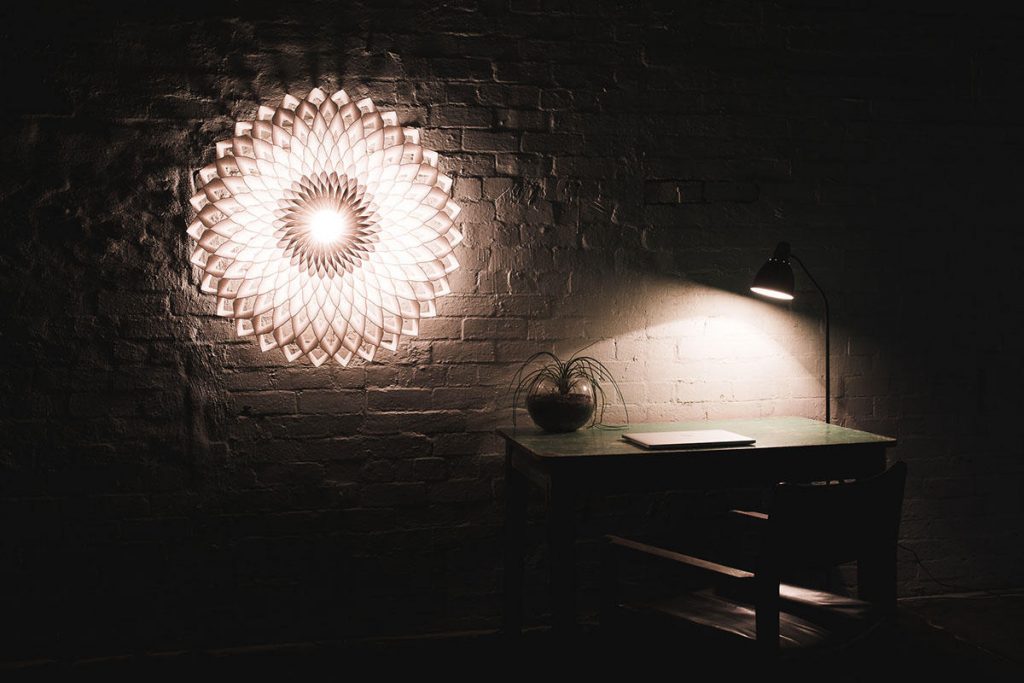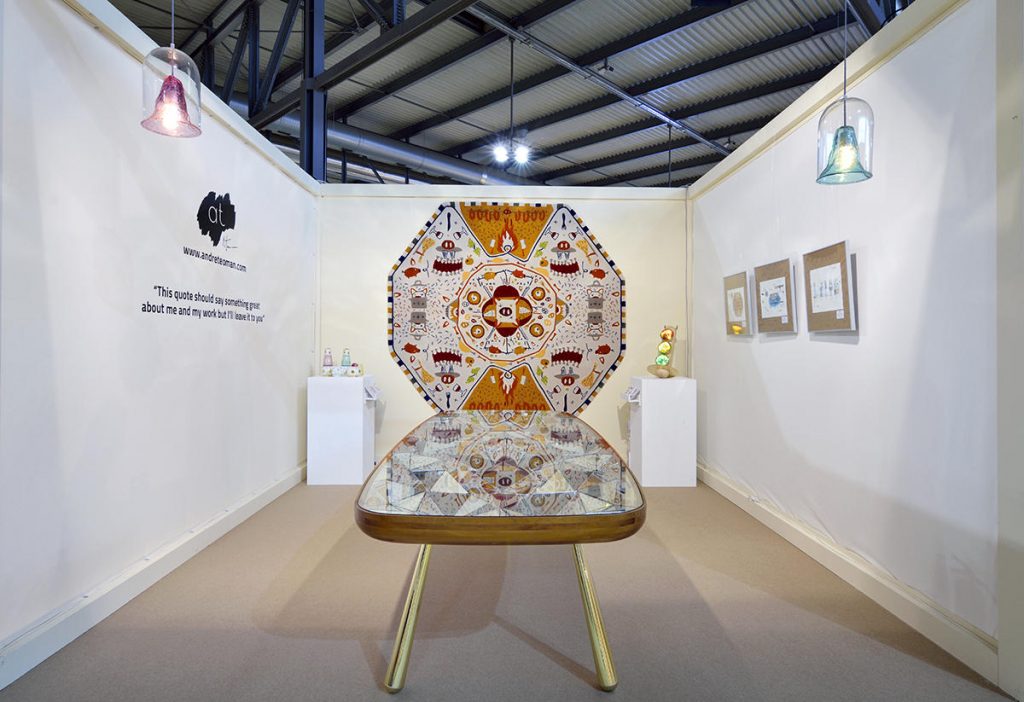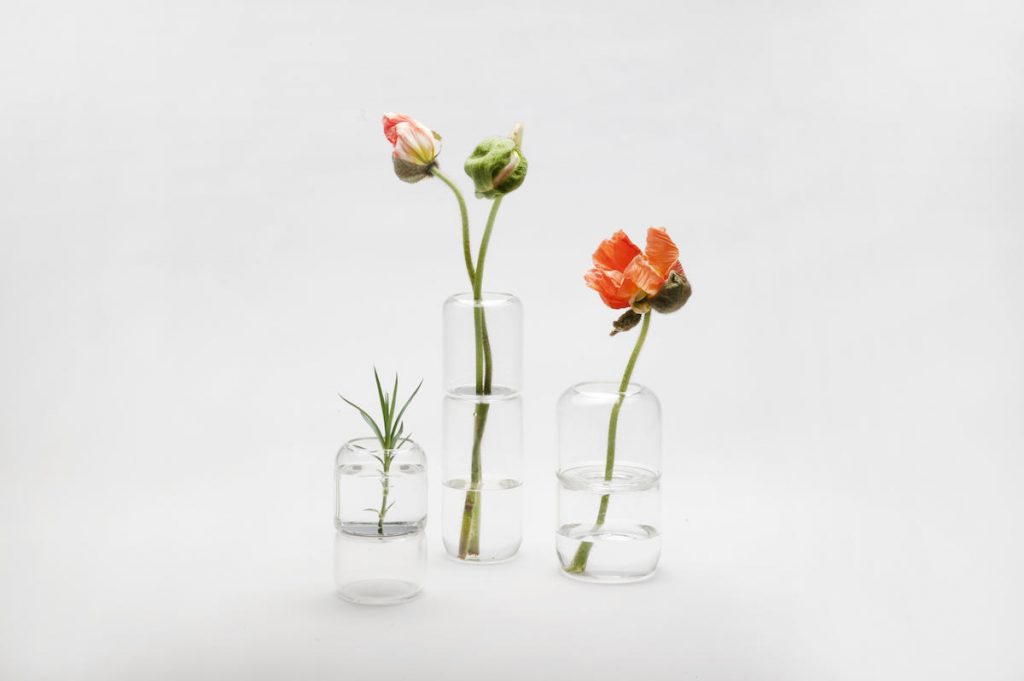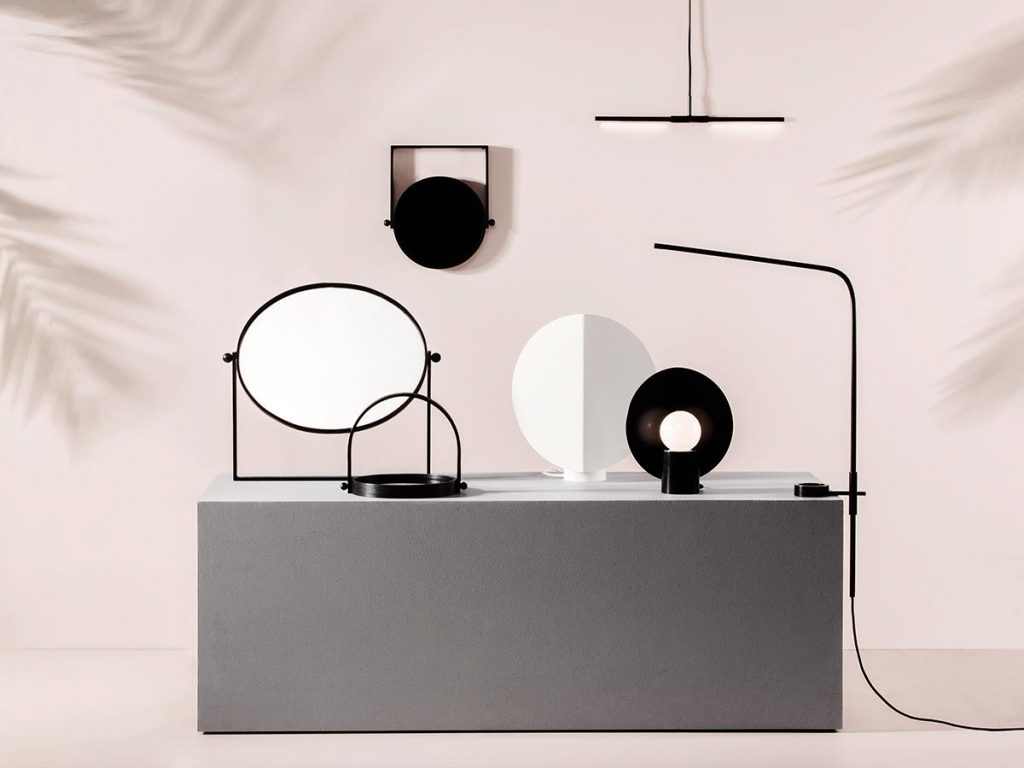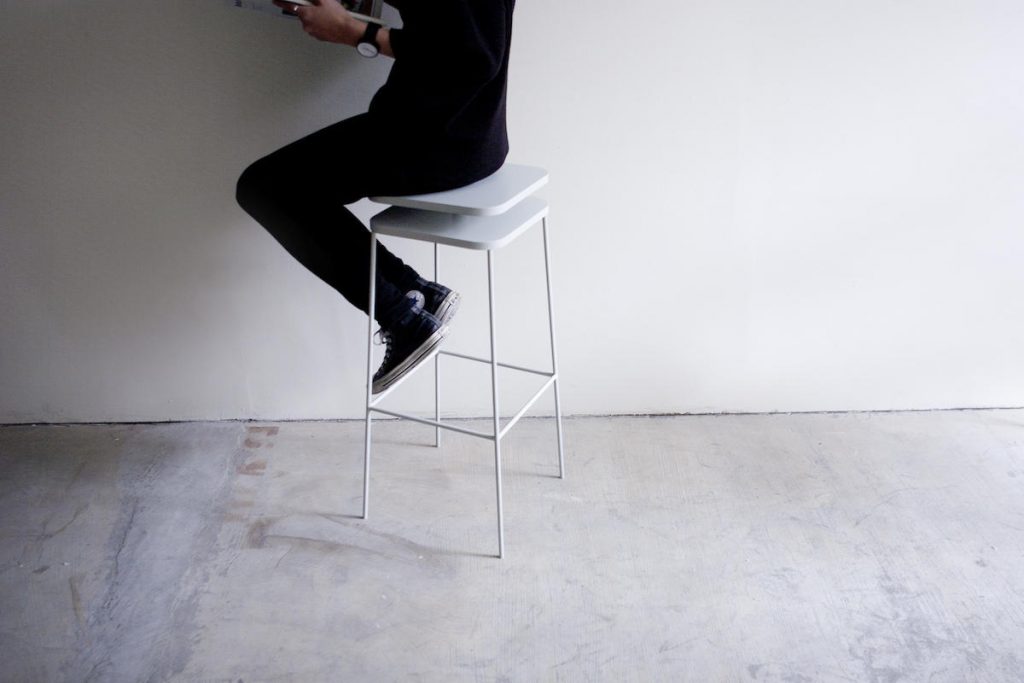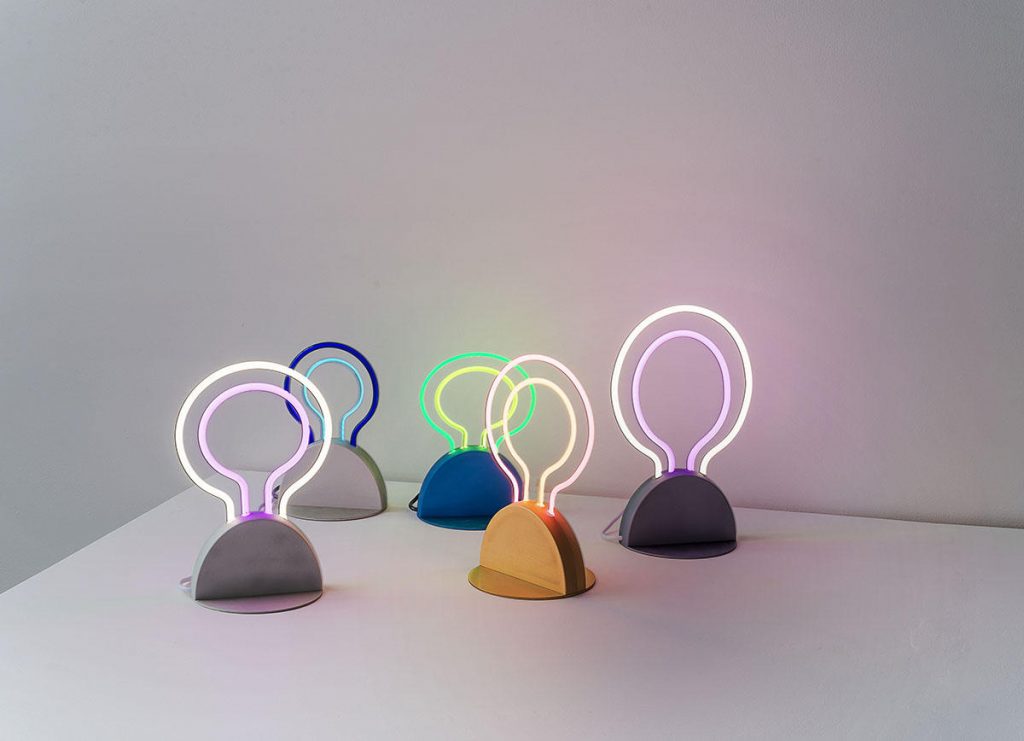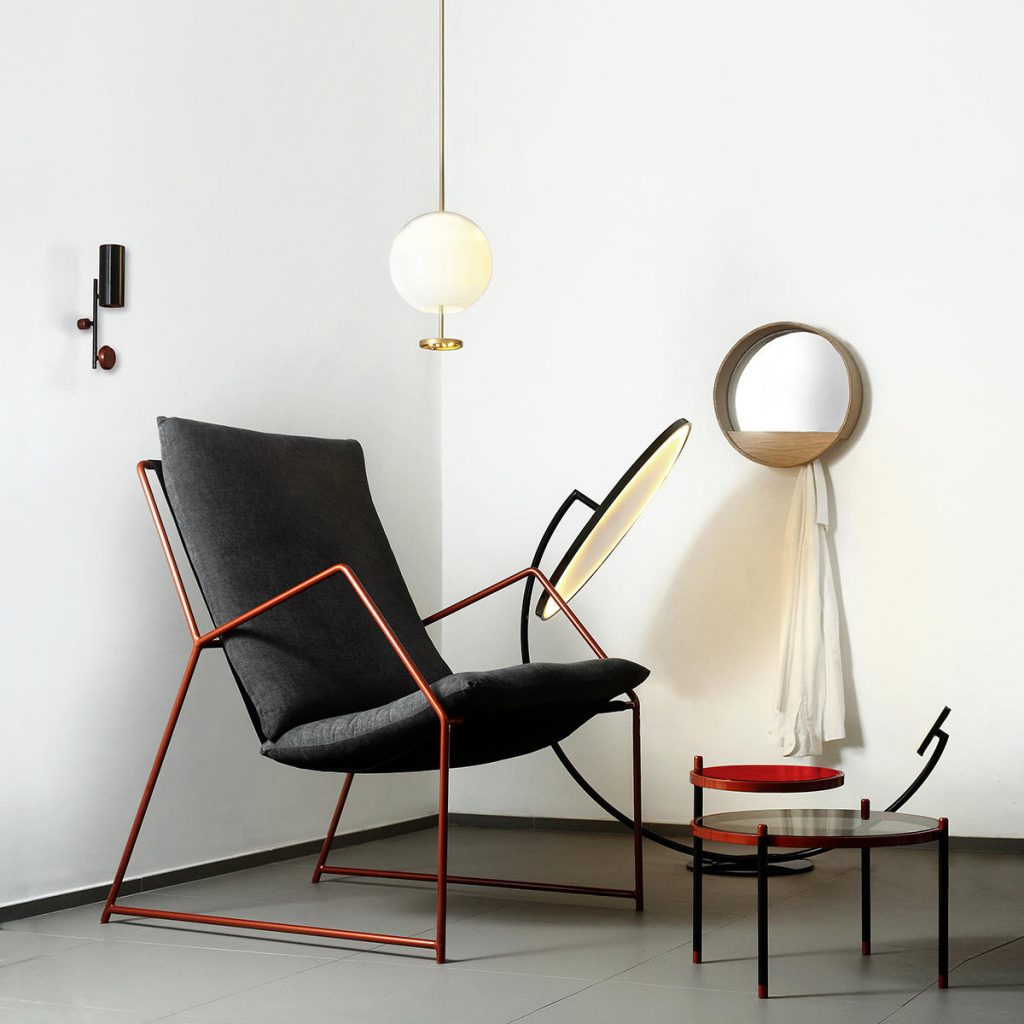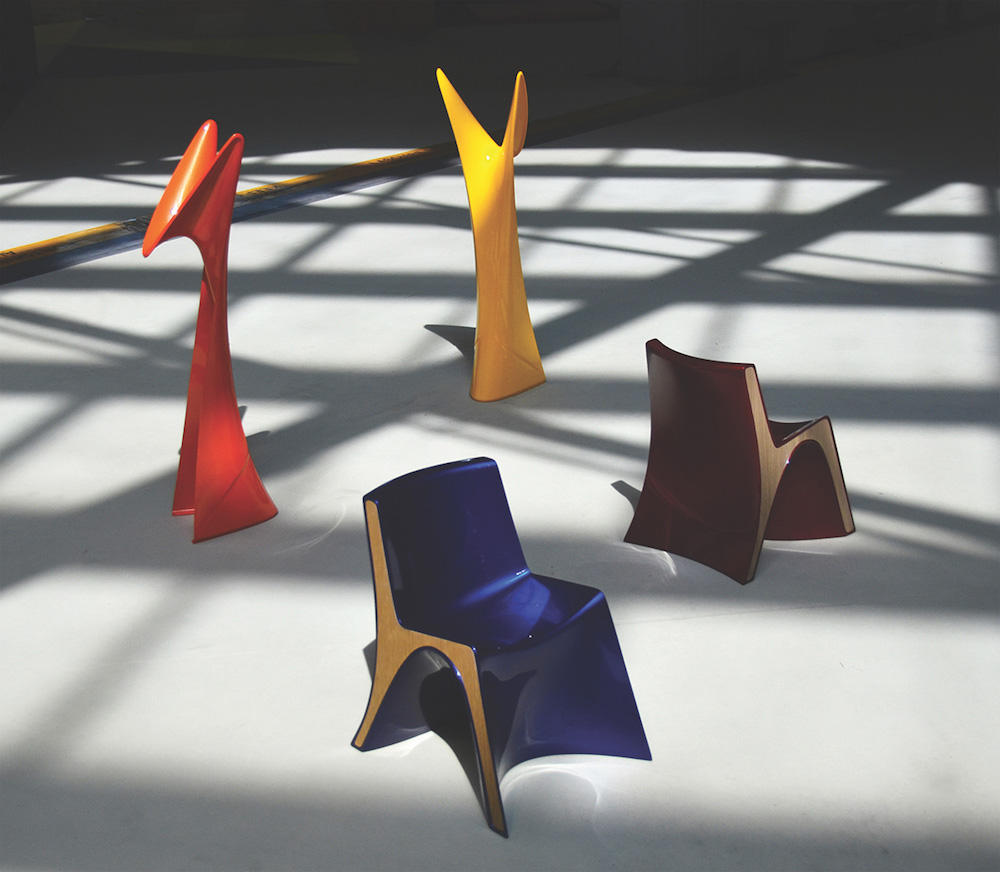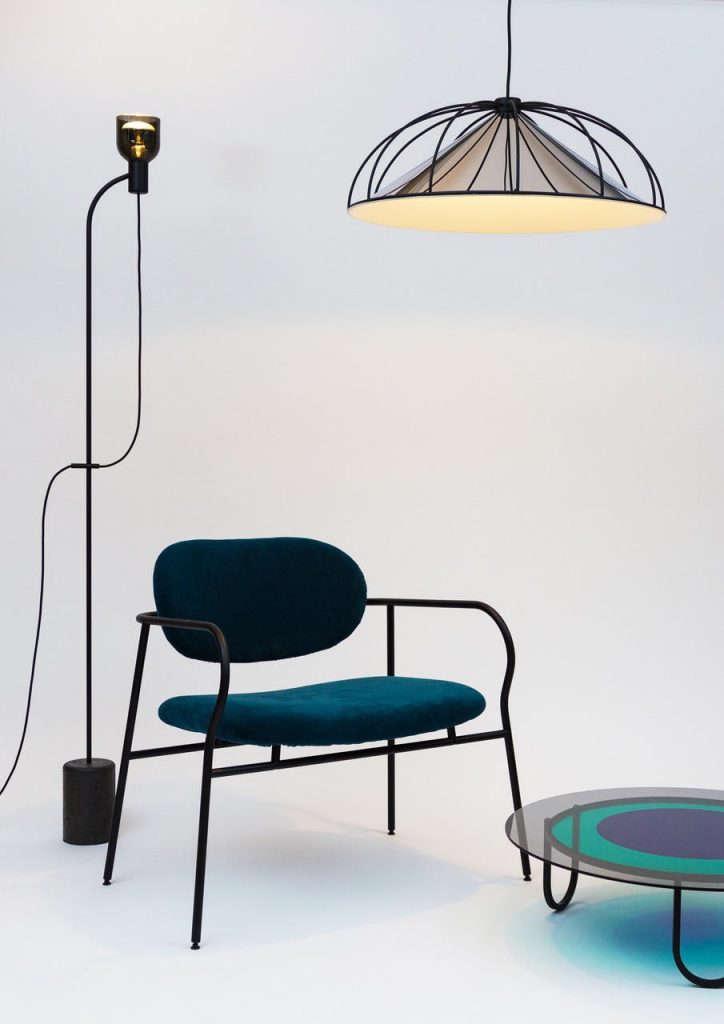SaloneSatellite, that in April celebrated 20 years, is preparing for an international autumn season: in order, the 13th edition of the Saloni WorldWide Moscow – organized by Federlegno Arredo Eventi in partnership with ICE, the Italian Trade Agency – will be held at Moscow’s Crocus Expo exhibition centre from 11 to 14 October 2017, proving yet again to be the leading high quality furnishing and accessories specialist exhibition held in Russia. Last year 44 young designers from Russia and the former Soviet Republics were involved and the award winners have been invited to the SaloneSatellite in Milan.
Then, the 2nd edition of SaloneSatellite linked to Salone del Mobile.Milano Shanghai will be held from November 23 to 25, 2017 at Shanghai Exhibition Center. The display area considerably increased compare to last year and even more than 100 Italian brands – more than doubled compared to last year – will be showing their best designs, in response to the great enthusiasm and interest of Chinese market for the design “Made in Italy’’. Dedicated to designers under 35 years old, SaloneSatellite aims to encourage the creativity of the new generations for which China gave, also this year, a strong signal to the design world as the 1st, 2nd prizes and special mention were won by Chinese young designers.
We asked some questions to Marva Griffin Wilshire that since 1998 is in charge to set up an event that would help further the careers of the most promising designers under 35 by bringing them into direct contact with its exhibitors, and it immediately became an unparalleled observatory for young international creativity. SaloneSatellite is a meeting point and a place for interface between businessmen and up-and-coming designers. It was also a launch pad for many that today are international star designers.
Marva, you have a lot of faith in young people and their abilities. Nevertheless, design has begun to demonstrate the need for a transfer of a more cultured and comprehensive experience. The work of the established masters is often imitated for aesthetic suggestion rather than the culture of the project. Can control over the product be regained in a way that gives content to the word “design”?
I believe that serious Design has always worked on the culture of the project, which is to say design research starting from an idea and trying to develop it through working with with entrepreneurs and skilled workers. The word design is definitely overused and that is why the theme of the 20th Edition was design itself. “Design is …?” was the exact title and it’s an open question, topical and crucial. Rather than asking for a response, it opens the door to new reflections on the value of design and processes: an invitation, therefore, for young designers to test their ability to listen and dialogue with an increasingly sophisticated audience attentive to new demands, to search for new solutions, both tangible and intangible, both individual and collective, geared towards building a better future. Also in terms of living. Technological progress and the evolution of the web in recent years are redefining the paradigms of design, opening new fields of action: from research on advanced materials to interface design, from service design to rapid prototyping. In this complex and multifaceted scenario, industrial design is looking toward the future, working to respond to new needs and desires in a constant dialogue with a changing world.
What advantages does Milan offer in comparison to the other major design centers?
Milan is supported by a furniture-manufacturing district that has been active for centuries: Brianza. No other city in the world has this added value, which is definitely one of Milan’s strengths.
What has been achieved by the SaloneSatellite and more generally by the ‘fuori salone’ activities, which are one-of-a-kind experiences?
The SaloneSatellite was the first event ever to focus on the younger generation, to make the most of them and help them. Bringing young people within an event as important as the Salone del Mobile and giving them the opportunity to meet entrepreneurs in the sector, together with press visibility, it was truly a great insight that we can assess in perspective only now. All of the rest – and by this I mean the various exhibitions and events dedicated to young people at other trade shows or as independent events in major European cities and other locations – those are a copy, or in any case, they’ve taken their cue from the SaloneSatellite.
Do you recognize any characteristics specific to Italian design? What are they?
The identity of Italian excellence is based primarily on the artisan tradition and then on technology, innovation, creativity, style, a sense of beauty and a bond with the territory, a know-how that makes us unique in a Europe that is increasingly less of a manufacturing center. The strength of the Italian production system resides in the integrity of the supply chain, composed of many small business owners who are capable of working with passion and dedication on niche products at the highest level, thus ensuring the possibility of bringing to market uniquely excellent products which are the result of combining technological, innovation and craftsmanship.
For the 16th edition of the SaloneSatellite I created the theme “Design and craftsmanship: together for industry,” a reflection of a collective sensitivity to certain issues, which responded to the need that young designers felt (and still feel): to integrate the tradition of craftsmanship with the possibilities offered by modern industrial design and production. Two venerable artisans from Cantù, a master glassmaker who participated in past editions of the SaloneSatellite, and a technician from a digital lab, alternated in four workshops – Wood, Metal, Glass, and Digital – with various demonstrations, interacting with the audience, inviting them to provide ideas to create on the spot.
The following year the theme was repeated in “design, innovation + craftsmanship” and 4 Artisanal Workshops with 4 highly-skilled master craftspeople – Textiles, Ceramics, Leather, and Digital – showed visitors how a given product is conceived, grows, and evolves before eventually reaching our homes.
Returning to the subject of the transfer of experience, does it seem to you that the level of education and training in schools and universities is adequate to maintain primacy?
Despite the fact that I myself am an Italian citizen, I am sorry to say that Italian schools and universities are definitely not internationally competitive, perhaps because they’re still grounded in Croce’s philosophy and not linked to practice, experimentation, and concreteness.